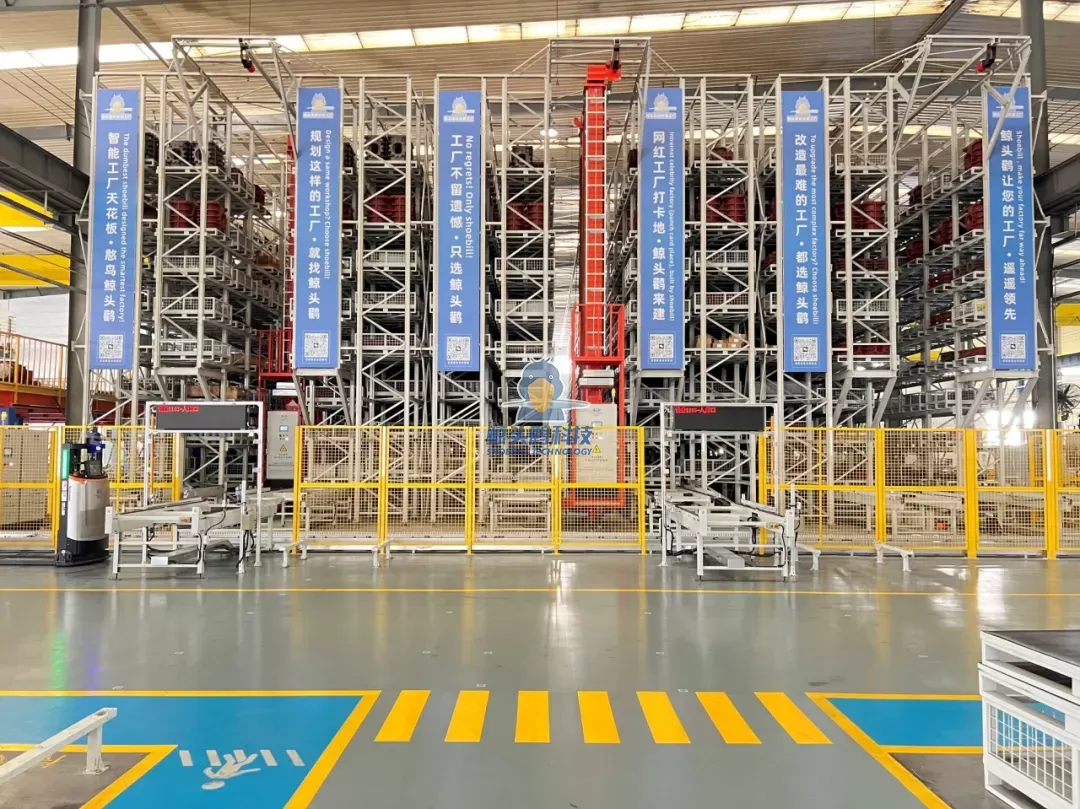In today’s competitive business landscape, the quest for employee satisfaction has become a focal point for organizations striving to enhance productivity and retain top talent. The question of which company boasts the happiest workers is not merely a matter of curiosity; it reflects the broader implications of workplace culture, employee engagement, and overall organizational success. This article delves into the factors that contribute to employee happiness, highlights companies renowned for their positive work environments, and explores the measurable benefits of a satisfied workforce.
Understanding Employee Happiness
Employee happiness is a multifaceted concept that encompasses job satisfaction, work-life balance, recognition, and a sense of belonging. According to a study by Gallup, engaged employees are not only more productive but also more likely to stay with their employer long-term. Therefore, companies that prioritize employee well-being often see a direct correlation with their bottom line.
Key Factors Influencing Workplace Happiness
- Work Environment: A supportive and inclusive work environment fosters collaboration and innovation. Companies that invest in creating comfortable physical spaces and promote a culture of respect and inclusivity tend to have happier employees.
- Recognition and Rewards: Regular acknowledgment of employee contributions can significantly boost morale. Organizations that implement structured recognition programs often see increased job satisfaction and motivation among their workforce.
- Career Development Opportunities: Employees are more likely to feel fulfilled when they see a clear path for advancement. Companies that offer training, mentorship, and opportunities for growth tend to cultivate a more engaged workforce.
- Work-Life Balance: The ability to balance professional responsibilities with personal life is crucial for employee happiness. Organizations that offer flexible working arrangements, such as remote work options and flexible hours, are often viewed more favorably by their employees.
- Strong Leadership: Effective leadership plays a pivotal role in shaping workplace culture. Leaders who communicate openly, provide support, and demonstrate empathy can significantly enhance employee satisfaction.
Companies with the Happiest Workers
Several organizations have gained recognition for their exceptional workplace cultures and high employee satisfaction ratings. Here are a few notable examples:
- Google: Consistently ranked among the top companies for employee happiness, Google offers a plethora of perks, including generous parental leave, on-site wellness services, and opportunities for professional development. Their emphasis on innovation and creativity fosters a culture where employees feel valued and engaged.
- Salesforce: Known for its commitment to employee well-being, Salesforce prioritizes mental health initiatives and work-life balance. The company’s “Ohana Culture” emphasizes family and community, creating a supportive environment that resonates with its workforce.
- Zoom Video Communications: The pandemic highlighted the importance of remote work, and Zoom has excelled in this area. The company’s focus on employee feedback and well-being has resulted in high satisfaction ratings, as employees appreciate the flexibility and support provided by the organization.
- Microsoft: With a renewed focus on employee experience, Microsoft has implemented various initiatives aimed at enhancing workplace happiness. Their commitment to diversity, equity, and inclusion, along with robust mental health resources, has contributed to a positive work environment.
- LinkedIn: The professional networking giant is renowned for its employee-centric policies, including generous benefits, career development programs, and a strong emphasis on work-life balance. LinkedIn’s culture of learning and growth fosters a sense of belonging among its employees.
The Impact of Employee Happiness on Business Performance
The benefits of a happy workforce extend beyond individual satisfaction; they have profound implications for organizational performance. Companies with high employee happiness often experience:
- Increased Productivity: Happy employees are more engaged and motivated, leading to higher levels of productivity and creativity.
- Lower Turnover Rates: Organizations that prioritize employee satisfaction tend to retain talent longer, reducing recruitment and training costs.
- Enhanced Customer Satisfaction: Employees who are happy at work are more likely to provide exceptional service, leading to improved customer experiences and loyalty.
- Positive Brand Reputation: Companies known for their positive workplace culture attract top talent and enjoy a favorable public image, which can be a significant competitive advantage.
Conclusion
The pursuit of employee happiness is not just a trend; it is a strategic imperative for organizations aiming to thrive in today’s dynamic business environment. Companies like Google, Salesforce, Zoom, Microsoft, and LinkedIn exemplify how prioritizing employee well-being can lead to a more engaged, productive, and loyal workforce. As businesses continue to navigate the complexities of the modern workplace, understanding and implementing the key factors that contribute to employee happiness will be essential for long-term success. Ultimately, the question of which company has the happiest workers may vary, but the principles of fostering a positive work environment remain universally applicable.






+ There are no comments
Add yours